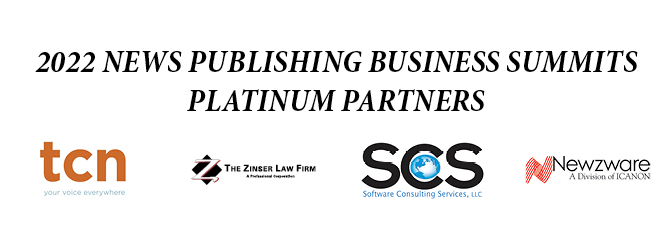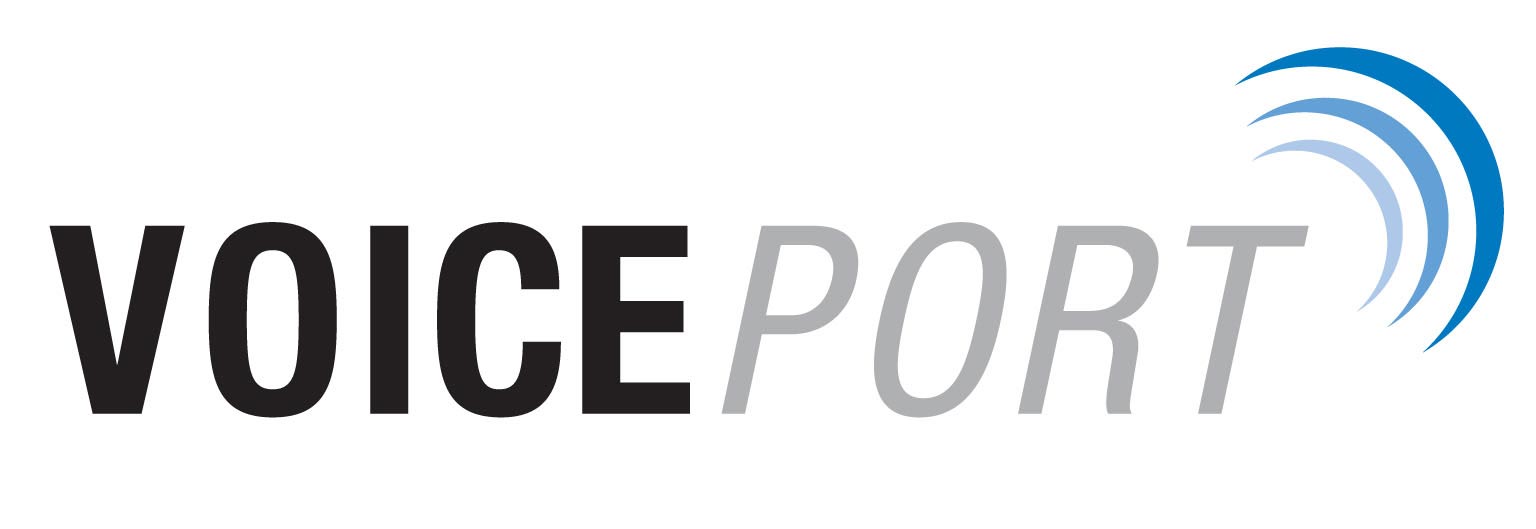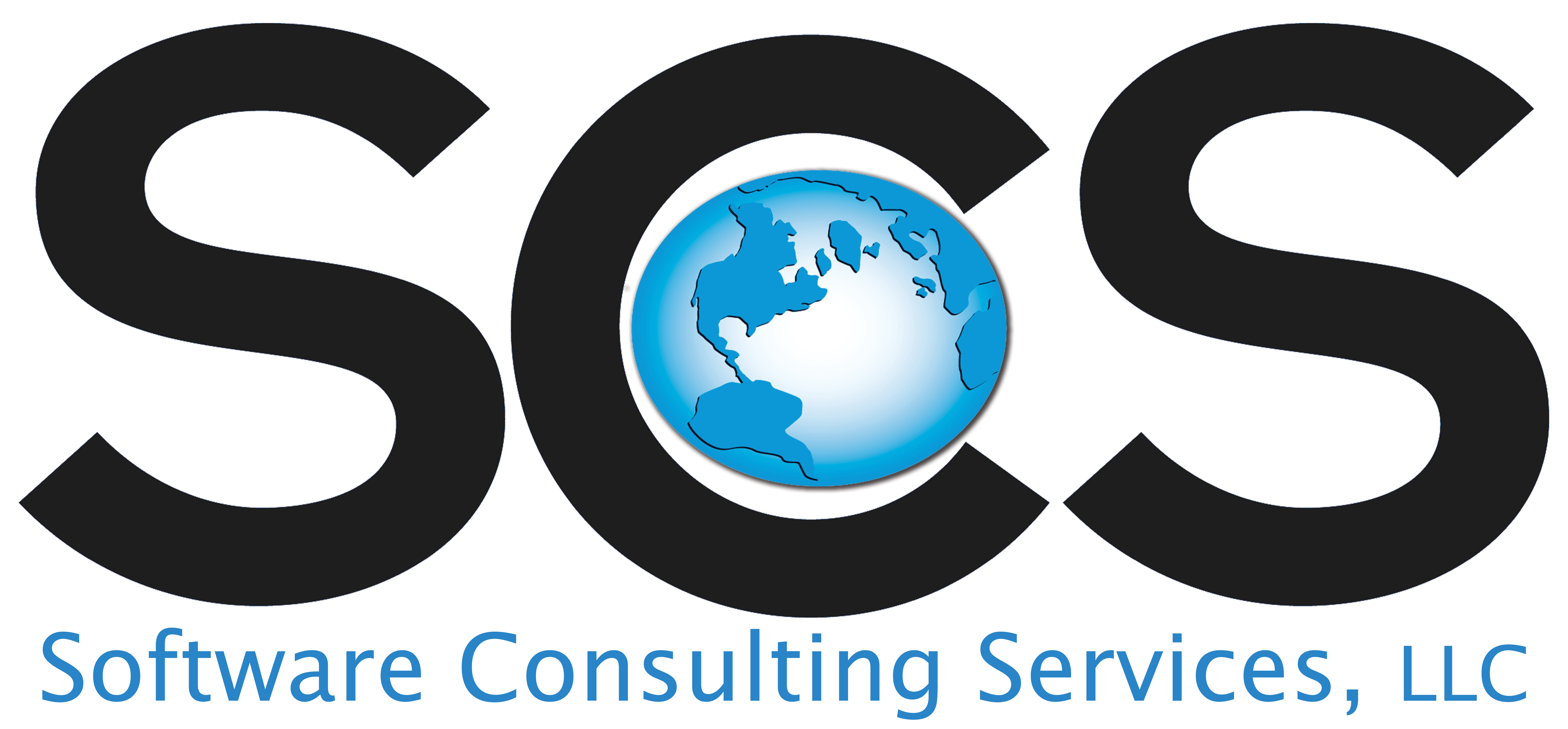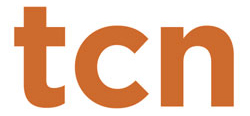Effective Communication Transforms
I love quotes, let’s utilize the expertise of others to discuss effective communication. If I can list a single thing needed to spark community transformation, effective communication gets my vote. Here are a few things others have said about communication.
The biggest problems I see with communication in communities is that little actually takes place. George Bernard Shaw said, “The single biggest problem in communication is the illusion that it has taken place”. Today, we post on social media and assume the world knows. Nothing is further from the truth. Never assume everyone knows; always assume you missed someone important.
We all seek a vibrant community with a great quality of life. Tony Robbins said, “The way we communicate with others and with ourselves ultimately determines the quality of our lives”. To reach our full potential as a community, we must communicate openly, honestly, and effectively. When communities are transparent in their communications, the entire community can be rowing in the same direction.
Don’t confuse effective communication with the distribution of information. Anyone can provide information, but true communication involves a return exchange showing understanding. Sydney J. Harris said, “The two words ‘information’ and ‘communication’ are often used interchangeably, but they signify quite different things. Information is giving out; communication is getting through”. While communities must be able to do both, the ability to truly communicate is lost in most communities. Communities must build a network beyond social media in order to survive, grow, and transform.
Maya Angelou said, “I’ve learned that people will forget what you said, people will forget what you did, but people will never forget how you made them feel”. We should never forget that building community is about building vibrancy, heart, and soul. Transformation occurs when you convince people to return to your community after their initial visit. This is due to the feelings they experienced while spending time in your community.
The surest way to success is to have everyone on the same page. Garrison Wynn said, “No communication takes place until the other person feels heard.” The same holds true in building community. You need an army to instigate change, you need all groups represented, all groups actively participating, and all groups feeling heard.
Dale Carnegie said, “There are four ways, and only four ways, in which we have contact with the world. We are evaluated and classified by these four contacts: what we do, how we look, what we say, and how we say it”. Two of these critical components revolve around effective communication. The more effectively we communicate our goals and initiatives, the greater the odds of transformational success in our community.
The most critical element of a community’s transformation is that of community leadership. Community leadership goes beyond city/government leaders. It includes business, civic, church, youth, and other leaders in various capacities. Gil Amelio echoed this sentiment when he said, “Developing excellent communication skills is absolutely essential to effective leadership. The leader must be able to share knowledge and ideas to transmit a sense of urgency and enthusiasm to others. If a leader can’t get a message across clearly and motivate others to act on it, then having a message doesn’t even matter”. In the words of Nitin Nohria, “Communication is the real work of leadership”.
Lastly, when tackling the task of true change and transformation, it is critical you face the roadblocks and obstacles head on. The biggest mistake communities make is underestimating the task at hand. There is nothing worse than doing nearly everything, only to fall short due to lack of understanding the true task you have undertaken. Harbhajan Singh Yogi stated, “Speak not through the positive mind or the negative mind, but from the neutral mind”
Knowing that change brings about resistance, one tool we must use is better communication. Build your communication to include databases, social media, traditional media, texting, email, and more. Over communicate if need be. Tell your story in the local newspaper, on social media, through traditional and non-traditional media outlets. Develop consistent and regular press releases using all the tools at your disposal. Leave no stone unturned in this portion of the plan. Those that can communicate their mission are in a much better position to succeed in this task of creating change and revitalizing their entire community, their downtown or region.
John Newby, Pineville, MO. is a nationally recognized Publisher, a Community, Chamber, Business & Media consultant & speaker. His “Building Main Street, not Wall Street,” column runs 60+ communities around the country. The founder of Truly-Local, dedicated to assisting communities, their businesses and local media to build synergies, thus creating more vibrant communities. He can be reached at: info@Truly-Localllc.com.

















